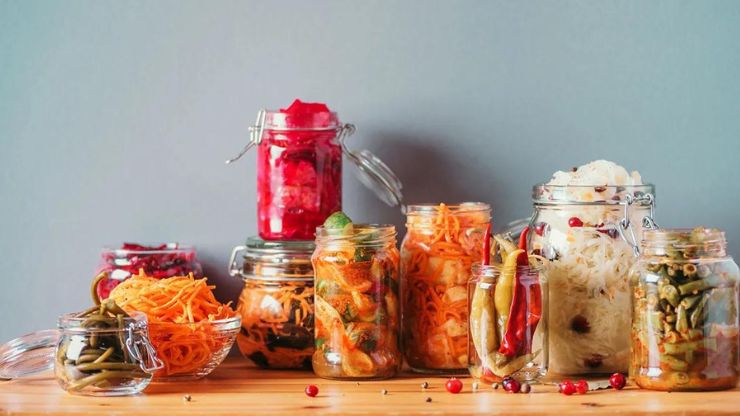Can You Ferment Food in Cold Weather? – Welcome to our culinary journey where we explore the fascinating world of fermentation even in the chilliest of weather! “Can you ferment food in cold weather?” is something you may have thought about. The clear answer is yes, and we’re here to help you turn your favorite foods into tasty, probiotic-filled treats, even when the weather gets cold.
Table of Contents
ToggleCan You Ferment Food in Cold Weather
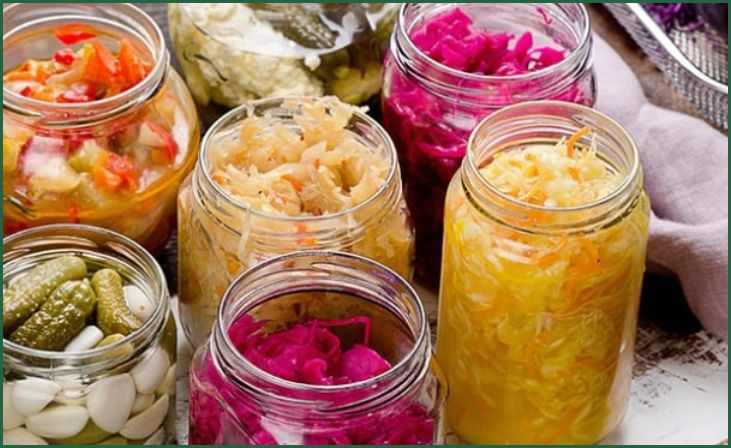
Fermenting food in cold weather is not only possible but can also yield unique and delicious results. Fermentation is a transformative process that enhances the flavors and nutritional value of various foods. Many people wonder if it’s feasible to ferment in cold weather conditions. The answer is a resounding yes! Cold weather fermentation presents an opportunity to explore new dimensions of taste and experiment with seasonal ingredients.
Benefits of Cold Weather Fermentation
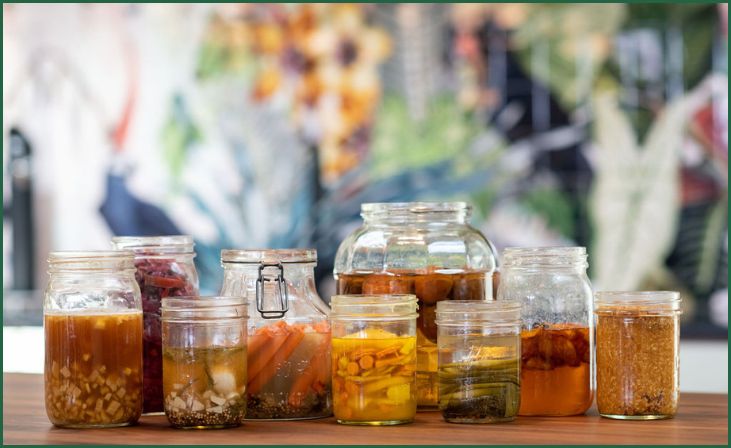
Cold weather fermentation comes with its own set of unique benefits, adding a special touch to the traditional fermentation process. Here are some advantages of fermenting foods in colder temperatures:
- Enhanced Flavor Profiles: Cold weather can intensify and deepen the flavors of fermented foods. The slow fermentation process allows for a more complex development of tastes, resulting in richer and more nuanced flavor profiles.
- Textural Variety: The colder environment often leads to firmer textures in fermented foods. This can be particularly appealing for those who enjoy a bit of crunch or a different mouthfeel in their ferments.
- Extended Shelf Life: The slower fermentation process in colder conditions can contribute to a longer shelf life for some fermented products. This can be advantageous for those who prefer to make larger batches to last through the winter months.
- Nutrient Retention: Cold weather fermentation provides an extended time for the formation of beneficial compounds, probiotics, and enzymes in the food. This can result in a final product with increased nutritional value, promoting better gut health.
- Seasonal Ingredient Adaptability: Cold weather ferments allow for the incorporation of seasonal ingredients that are abundant during the winter months. This not only adds variety to your ferments but also connects your culinary creations with the flavors of the season.
- Adaptation to Cooler Environments: Certain fermented foods, such as sauerkraut and kimchi, are well-suited to colder climates. Fermenting in cold weather enables enthusiasts in these regions to engage in the practice and enjoy the benefits of homemade ferments.
- Unique Microbial Activity: The cold encourages the activity of specific strains of lactic acid bacteria, contributing to the distinct characteristics of cold weather ferments. These microbes thrive in lower temperatures, playing a key role in the fermentation process.
- Culinary Creativity: Cold weather fermentation challenges home cooks to adapt their techniques, fostering creativity and experimentation. Trying new recipes and tweaking traditional methods can lead to the discovery of innovative and delicious results.
Also Read: How Long Can You Leave Your Fermented Foods?
In summary, fermenting foods in cold weather not only preserves the ancient art of fermentation but also imparts distinctive qualities to the end products. From intensified flavors to enhanced nutritional content, cold weather fermentation adds a unique and rewarding dimension to the world of culinary exploration.
How to Ferment in Cold Weather
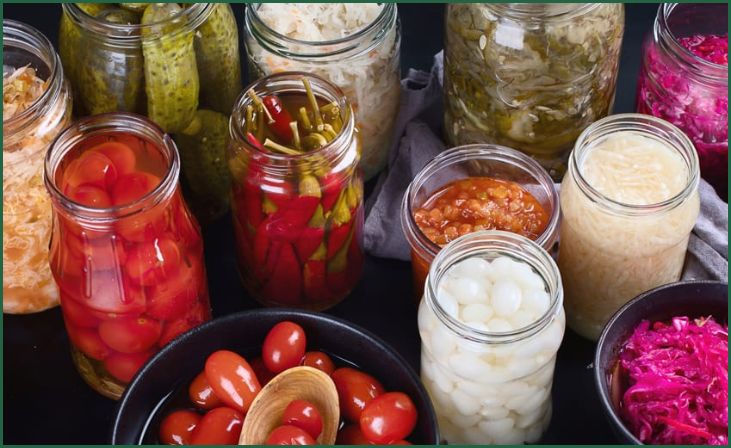
Fermenting in cold weather presents some challenges due to the slower fermentation process, but with strategic adjustments and a bit of patience, you can successfully ferment a variety of foods even in chilly conditions. Here’s a guide on how to ferment in cold weather:
- Choose the Right Location: Select a warm spot in your home for the fermentation process. Ideally, find a place with a consistent temperature, away from drafts or extreme cold. Consider using a fermentation chamber or placing your fermentation jars near a heat source.
- Extend Fermentation Time: Cold temperatures slow down the fermentation process. Be prepared to extend the fermentation time to ensure that the beneficial microbes have enough time to work their magic. Monitor the progress closely and adjust the duration based on the temperature.
- Use Starter Cultures: Introduce a robust starter culture to jumpstart fermentation. This is particularly useful in colder conditions where the microbial activity may be slower. A strong starter culture helps ensure a successful and timely fermentation.
- Temperature Monitoring: Invest in a thermometer to keep track of the fermentation environment. Aim for a temperature range that is suitable for the specific type of ferment you’re working on. If needed, you can create a warmer microenvironment using insulation or additional heating methods.
- Pre-warm Ingredients: Bring ingredients to room temperature before starting the fermentation process. This prevents a drastic temperature drop when combining ingredients, helping to maintain an optimal fermentation environment.
- Insulate Fermentation Vessels: Wrap your fermentation vessels in blankets or towels to provide insulation. This helps maintain a more stable temperature inside the vessels, fostering a conducive environment for microbial activity.
- Experiment with Vessel Size: Consider using smaller fermentation vessels in colder weather. A larger volume of ingredients may take longer to reach the desired fermentation stage, so dividing the batch into smaller containers can expedite the process.
- Adjust Salt and Sugar Levels: In colder temperatures, you may need to adjust the salt or sugar levels in your recipes. Salt acts as a preservative, but too much can slow fermentation. Experiment to find the right balance for the specific conditions you’re working in.
- Be Patient and Monitor Progress: Cold weather fermentation requires patience. Regularly check the progress of your ferments and be prepared to extend the fermentation time if needed. Taste testing along the way will help you gauge the flavors and maturity of your fermented foods.
Also Read: Fermenting in Hot Weather
By implementing these tips, you can successfully navigate the challenges of fermenting in cold weather and produce flavorful, probiotic-rich foods even during the winter months. Happy fermenting!
Popular Cold Weather Fermentation Recipes
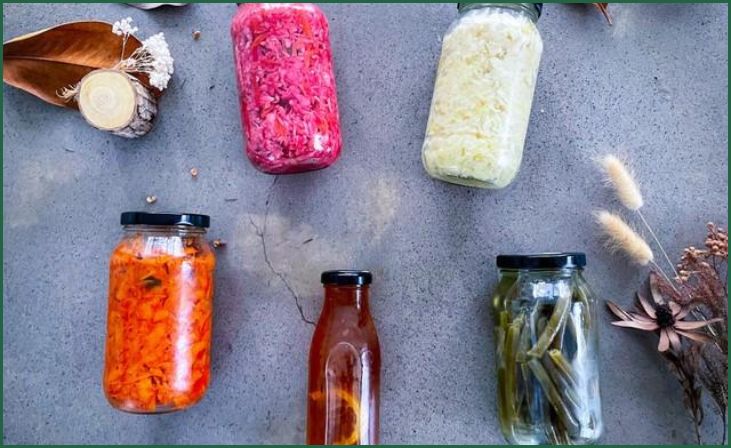
Embrace the chill and elevate your culinary adventures with these popular cold weather fermentation recipes. These classics are not only delicious but also thrive in colder temperatures, allowing you to savor the unique flavors that emerge during winter fermentation.
Don't just scroll, subscribe!
BuzzTrail's unique web-stories are the cure for boredom you've been waiting for.
1. Classic Sauerkraut:
- Ingredients:
- Cabbage, finely shredded
- Salt
- Instructions:
- Massage salt into shredded cabbage to release juices.
- Pack cabbage tightly into a jar, ensuring it’s submerged in its own liquid.
- Ferment at a cool temperature for an extended period for a crisp, tangy sauerkraut.
2. Kimchi with a Winter Twist:
- Ingredients:
- Napa cabbage, cut into bite-sized pieces
- Korean red pepper flakes (gochugaru)
- Garlic, ginger, and green onions
- Instructions:
- Mix ingredients and pack them into jars.
- Ferment in a cool environment for a longer duration, allowing the flavors to meld into a vibrant and spicy kimchi.
3. Cold-Brined Pickles:
- Ingredients:
- Pickling cucumbers
- Dill, garlic, and mustard seeds
- Brine (water, salt, and vinegar)
- Instructions:
- Pack cucumbers and flavorings into jars and cover with brine.
- Cold ferment for a crunchy texture and a zesty, dill-infused pickle.
4. Winter Beet Kvass:
- Ingredients:
- Beets, peeled and diced
- Salt
- Filtered water
- Instructions:
- Combine beets, salt, and water in a jar.
- Cold ferment to create a vibrant, earthy beet kvass, loaded with probiotics and nutrients.
5. Brussels Sprouts Kimchi:
- Ingredients:
- Brussels sprouts, halved
- Gochugaru, garlic, and ginger
- Instructions:
- Toss Brussels sprouts with spices and pack them tightly into jars.
- Allow them to ferment in a cool environment for a delightful twist on traditional kimchi.
6. Winter Radish Pickles:
- Ingredients:
- Watermelon radishes, thinly sliced
- Rice vinegar, sugar, and salt
- Instructions:
- Combine radishes with a sweet and tangy brine.
- Cold ferment for a crisp and colorful pickled radish side.
These recipes are tailored for the colder months, ensuring that your ferments thrive in lower temperatures. Experiment with these classics or use them as inspiration to create your own cold weather fermentation masterpieces. Happy fermenting!
Also Read: Can You Ferment Different Foods in the Same Room?
Conclusion
As we wrap up this exploration into cold weather fermentation, remember that nature’s chill is no match for your culinary creativity. Embrace the winter season by fermenting your favorite foods, unlocking rich flavors and nutritional benefits. Whether it’s sauerkraut, kimchi, or pickles, the cold won’t stop you from enjoying homemade, probiotic-packed goodness. Happy fermenting!
FAQs
Is it possible to ferment food during the cold season?
Is it possible to ferment food during the cold season?
Absolutely! Cold weather fermentation is not only possible but also adds a unique dimension to the process, enhancing flavors in ways you might not expect.
What challenges might arise when fermenting in cold weather?
What challenges might arise when fermenting in cold weather?
The primary challenge is the slower fermentation pace due to lower temperatures. However, with a bit of patience and some strategic adjustments, you can still achieve successful and flavorful ferments.

